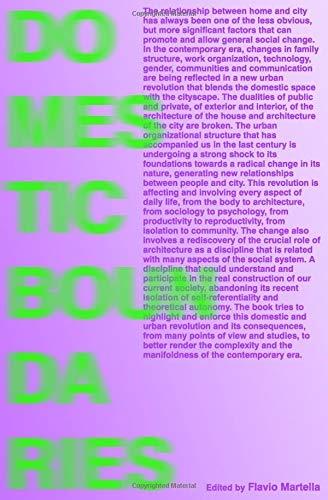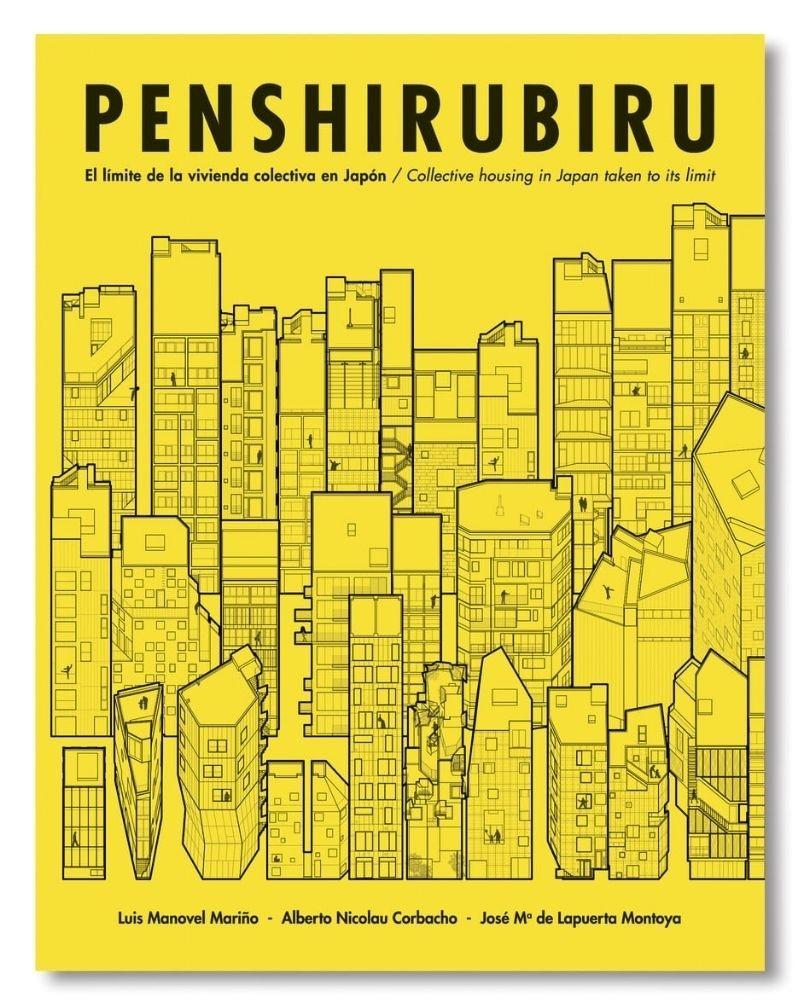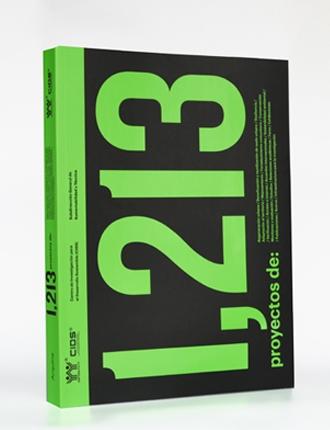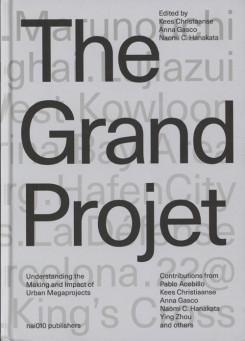DOMESTIC BOUNDARIES

Autor/es
- EAN: 9781723872617
- ISBN: 978-1-72387-261-7
- Editorial: FLAVIO MARTELLA
- Año de la edición: 2018
- Encuadernación: Rústica
- Páginas: 142
- Materias:
urbanismo
sociología urbana
vivienda
domesticidad
Sin stock. Envío en 15/30 días
pvp 10,00 €
The relationship between home and city has always been one of the less obvious, but more significant factors that can promote and allow general social change. In the contemporary era, changes in family structure, work organization, technology, gender, communities and communication are being reflected in a new urban revolution that blends the domestic space with the cityscape. The dualities of public and private, of exterior and interior, of the architecture of the house and architecture of the city are broken. The urban organizational structure that has accompanied us in the last century is undergoing a strong shock to its foundations towards a radical change in its nature, generating new relationships between people and city. This revolution is affecting and involving every aspect of daily life, from the body to architecture, from sociology to psychology, from productivity to reproductivity, from isolation to community. The change also involves a rediscovery of the crucial role of architecture as a discipline that is related with many aspects of the social system. A discipline that could understand and participate in the real construction of our current society, abandoning its recent isolation of self-referentiality and theoretical autonomy. The book tries to highlight and enforce this domestic and urban revolution and its consequences, from many points of view and studies, to better render the complexity and the manifoldness of the contemporary era.It then goes from general domestic transformations, to the specific contemporary modifications of some domestic places such as living rooms, to the influence of the domestic changes in the construction of the contemporary city. From the analysis of emerging ways of life and their relationship with cities, to the influence of leisure in the construction of domesticity. From the importance of digital devices in the creation of contemporary domesticity, to the radical domestic change generated by the gender revolution.Contributions by: Flavio Martella, Jaime Sanz de Haro, Rubén López Sánchez, Aida Navarro Redón, María de Miguel Pastor, Marco Enia





